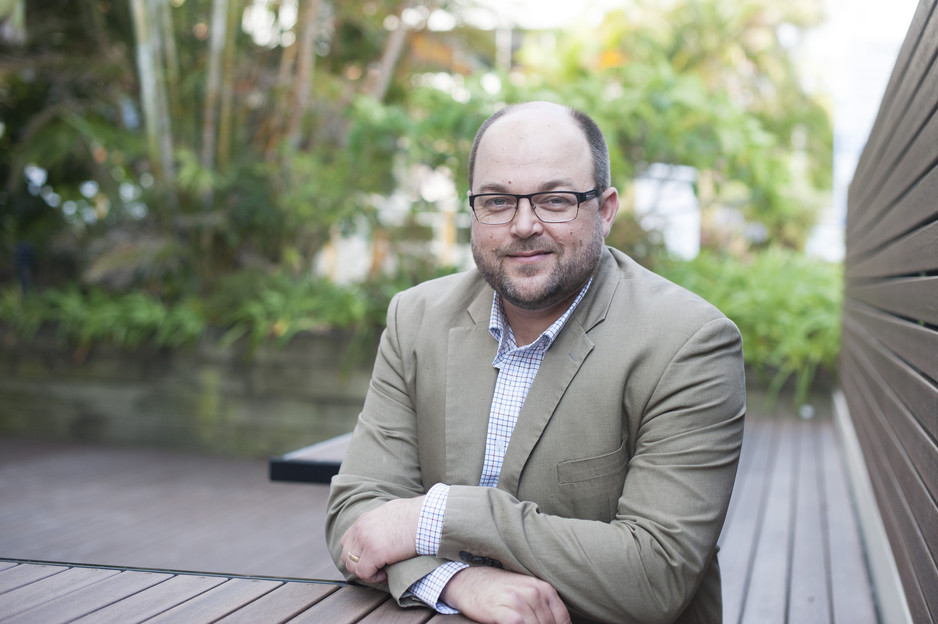Aortic Aneurysms - The Silent Killer
By: Dr Andrie Stroebel

Aortic aneurysms are present in more than 4% of individuals older than 65 years. Death from aneurysmal rupture is one of the 15 leading causes of death, killing more people each year than HIV. Aneurysms of the thoracic segment of the aorta are estimated to affect 5-10 people in 100,000.
We spoke to Dr Andrie Stroebel, Gold Coast Private Cardiothoracic Surgeon who highlights the importance of understanding the risk-factors and symptoms of aortic disease.
What is aortic disease?
Aortic disease causes the aorta to dilate/enlarge (aneurysm), split (dissection) or rupture. Aortic dissection or rupture can cause sudden death.
The aorta is the largest artery in the body. It pumps oxygen-rich blood from your heart to the rest of your body via smaller arteries that branch out from it. When a problem occurs with the aorta, the heart and the entire body’s bloody supply can be jeopardised.
What are the symptoms?
Aortic aneurysms usually don’t have any symptoms until they rupture or dissect. This is truly a “silent killer.”
Aortic dissection in the chest can cause a sharp, tearing or ripping pain and come on suddenly. Other symptoms can include pain in the neck, back, or abdomen as well as syncope or numbness or weakness in your arms or legs.
What are the common risk factors?
Smoking and tobacco use is one of the strongest risk factors as it can weaken the aortic walls, increasing the risk of not only developing an aortic aneurysm but of rupture as well.
Other factors include:
- High blood pressure (hypertension)
- Connective tissue disorder (eg Marfan’s disease)
- People born with an abnormal aortic valve known as a “bicuspid aortic valve”
- Age – 65 years and older
- Family history
Is there anything that can prevent aortic disease?
To prevent an aortic aneurysm or keep an aortic aneurysm from worsening the following may assist:
- Tight blood pressure control
- Quit smoking, chewing tobacco and avoid second-hand smoke
- Eat a healthy diet with a variety of vegetables, whole-grains, poultry, fish and low-fat dairy products. You should also avoid saturated fat, trans-fats and limit salt.
- Keep your cholesterol under control
- Exercise regularly. If you haven’t been active recently, start slowly and build up. You should also speak to your doctor about what kinds of activities are right for you.
- Monitor your aorta: if you have any risk factors or chest pain see your doctor.
When should you seek emergency care?
You should call an ambulance with any chest pain, particularly if the pain is sudden and severe.
